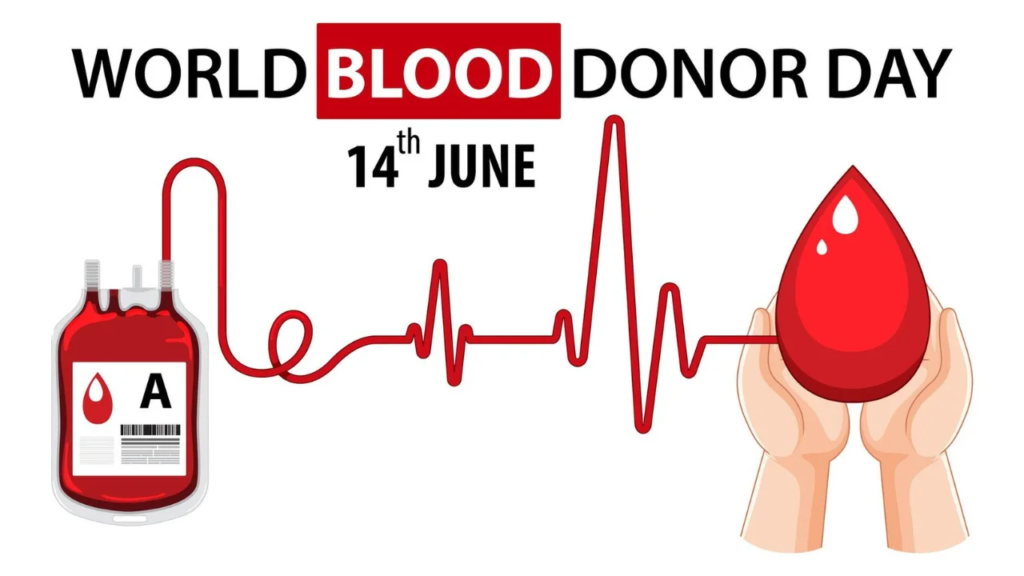
Table of Contents
- Introduction: Truth Over Fear
- Why Blood Donation Myths Persist
- Myth #1: Donating Blood is Painful
- Myth #2: You Don’t Have Enough Blood to Spare
- Myth #3: Only Certain Blood Types Are Needed
- Myth #4: You Can’t Donate if You’re on Medication
- Myth #5: Vegetarians Can’t Donate Blood
- Myth #6: You’ll Catch a Disease by Donating
- Myth #7: You Need to Fast Before Donating
- Myth #8: Blood Donation Affects Your Immunity
- Busting These Myths Matters More Than Ever
- Final Word: Be the Voice of Truth
1. Introduction: Truth Over Fear
Blood donation saves millions of lives each year. Yet, despite its life-affirming power, donation centers around the world still face shortages. Why? Because myths, misinformation, and fear often outweigh facts. It’s time to break the cycle. This blog unpacks the most common misconceptions and replaces them with truth—so you or someone you know can donate with confidence.
2. Why Blood Donation Myths Persist
Fear of the unknown, outdated cultural beliefs, and a lack of scientific clarity keep these myths alive. Add in a few hearsay horror stories, and even the most compassionate people may hesitate. But in reality, blood donation is safe, quick, and profoundly impactful.
3. Myth #1: Donating Blood is Painful
Fact: It’s a momentary pinch, not prolonged pain.
Trained professionals use sterile, fine-gauge needles. Most donors describe it as less painful than a vaccine or blood test. Any soreness is minor and short-lived.
4. Myth #2: You Don’t Have Enough Blood to Spare
Fact: The human body contains around 10–12 pints of blood. You only donate one pint.
Your body begins replenishing it within 24 hours, and red cells fully recover in a few weeks. It’s a renewable gift.
5. Myth #3: Only Certain Blood Types Are Needed
Fact: Every blood type is valuable.
O-negative is the universal donor, but AB plasma is also critical. Even rare blood types are in constant demand for matching patients. Your blood type could be the perfect match for someone.
6. Myth #4: You Can’t Donate if You’re on Medication
Fact: Many medications don’t disqualify you.
While certain prescriptions may require temporary deferral, common medications like antibiotics, antidepressants, or birth control are usually fine. Always check with your local donation center—they’ll guide you.
7. Myth #5: Vegetarians Can’t Donate Blood
Fact: Yes, they can—as long as they maintain adequate iron levels.
Plant-based eaters can build strong iron stores through spinach, lentils, beans, nuts, tofu, and fortified cereals. If you’re unsure, a simple hemoglobin check at the center clears things up.
8. Myth #6: You’ll Catch a Disease by Donating
Fact: Absolutely false.
Every needle and collection kit is sterile, used once, and safely discarded. Blood donation is a zero-risk process for disease transmission.
9. Myth #7: You Need to Fast Before Donating
Fact: It’s the opposite. You should eat beforehand.
A healthy meal (especially iron-rich foods) and plenty of water improve your donation experience. Fasting can cause dizziness or fainting. Fuel your body, then donate.
10. Myth #8: Blood Donation Affects Your Immunity
Fact: There is no evidence that blood donation weakens the immune system.
In fact, studies suggest that regular donors may have a slightly lower risk of certain health conditions, including heart disease. Donating doesn’t deplete your white blood cells or antibodies.
11. Busting These Myths Matters More Than Ever
Every time a myth is believed, a donation is missed—and a life might go unsaved. Hospitals depend on a steady supply of blood for emergencies, surgeries, cancer treatments, and childbirth complications. That supply is built one donor at a time, and knowledge is the first step.
12. Final Word: Be the Voice of Truth
When you debunk myths, you don’t just educate—you empower. Share these truths in your social circles, classrooms, and workplaces. Help normalize blood donation. Be the voice that replaces fear with facts.
Because giving blood isn’t just a good deed. It’s a life-saving movement.

